When Third-Party Plugins Go Wild
While third-party plugins can add significant value to a website, they can also cause performance and security issues. We explain the threats plugins pose.

While third-party plugins can add significant value to a website, they can also cause performance and security issues. We explain the threats plugins pose.
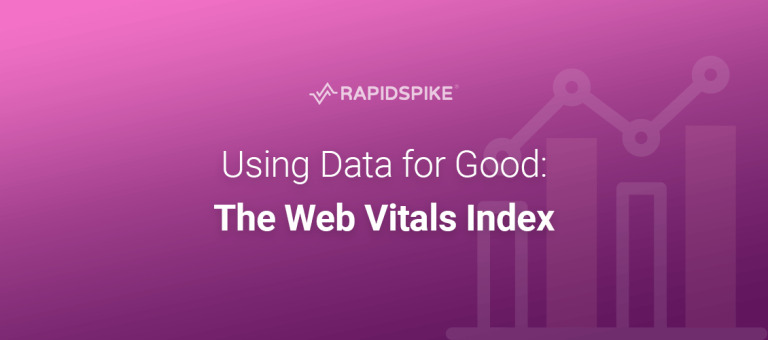
Learn how RapidSpike used data for good to improve overall website performance, brand loyalty and user experiences in ecommerce.
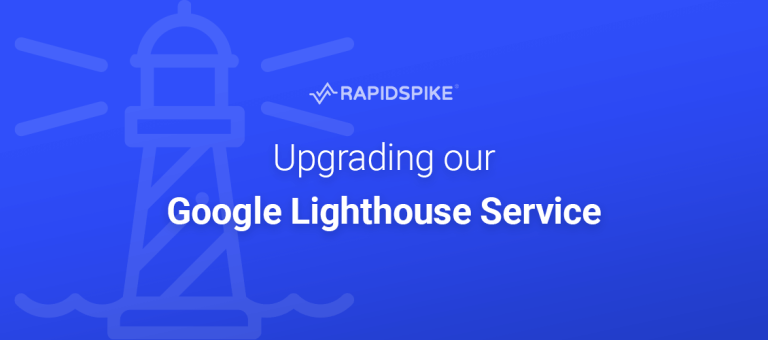
We’ve recently completed an upgrade to our Google Lighthouse service software to Google’s latest version. This required us to almost entirely rearchitect how we run the tests, which allowed us to take advantage of the latest AWS technologies.
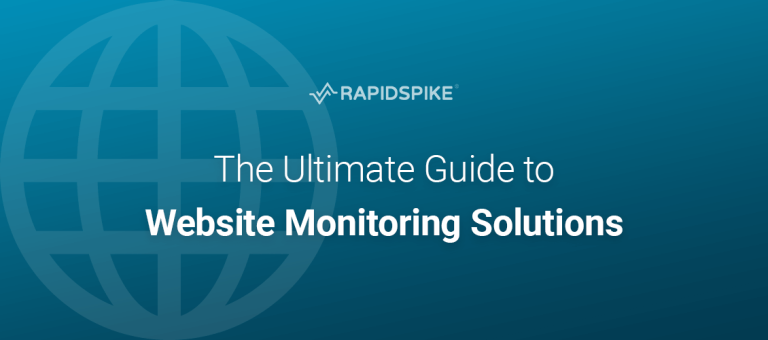
Foreword In today’s fast-paced, digital-first world, websites are critical for the success – or failure – of a brand. While they’re…
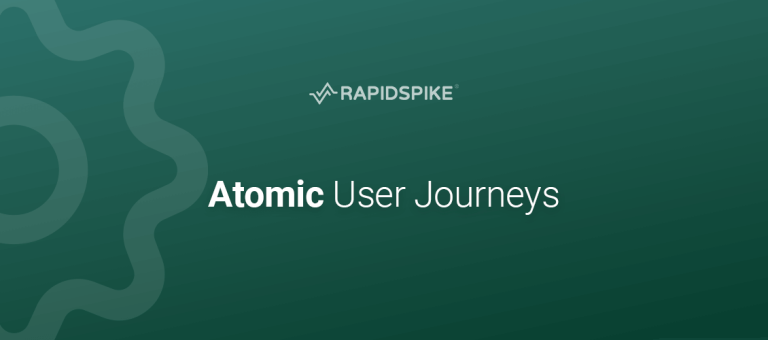
Learn how to create Atomic User Journeys to create faster script writing, fault finding and save on monitoring costs.
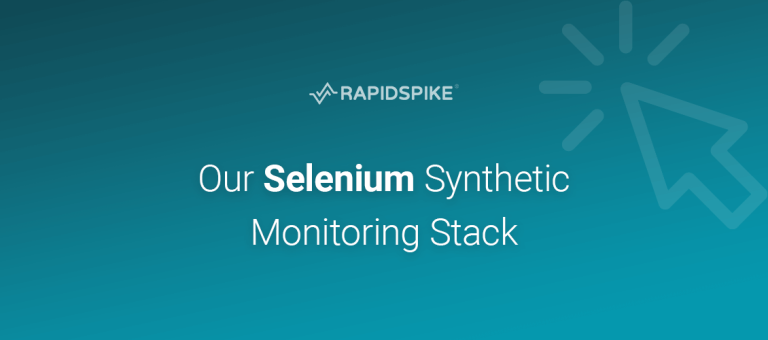
RapidSpike’s Selenium Synthetic Monitoring stack provides the most stable environment for our customers to run their Selenium scripts in.
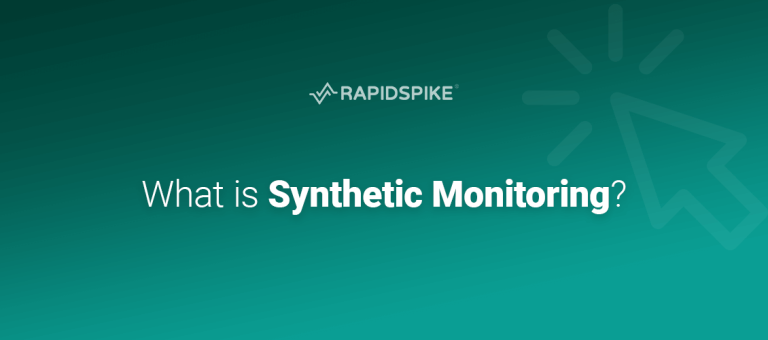
Without synthetic monitoring, you can’t be sure that your website is always available, or that the customer experience is always perfect.

Looks can be deceiving. Big images are beautiful, but how harmful are they to your profit margins and how can we help you to avoid a massive website performance mistake.
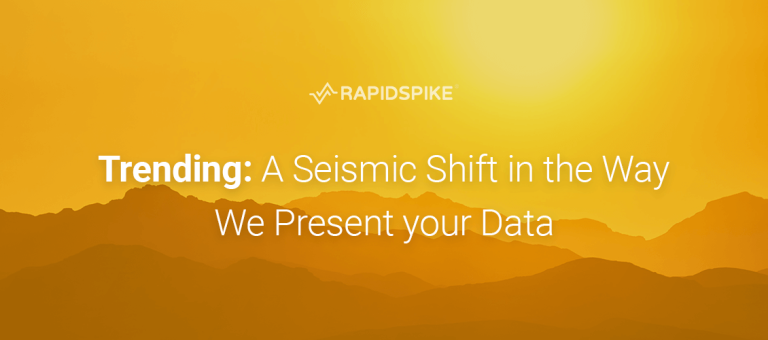
A big update to the RapidSpike app went live recently – a major improvement to our Page Overview dashboard.
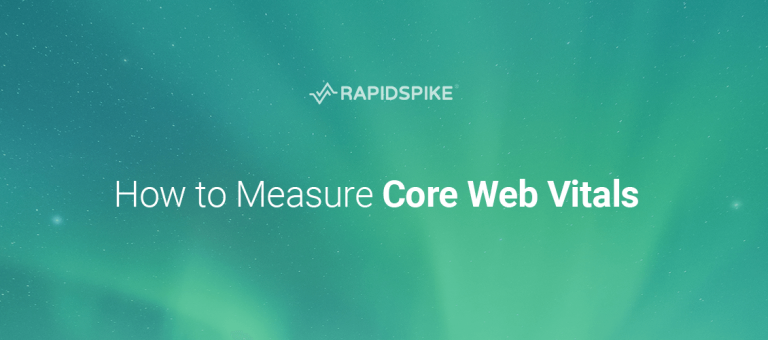
Core Web Vitals will become a ranking factor from June 2021. In this blog we explain how to measure Core Web Vitals.
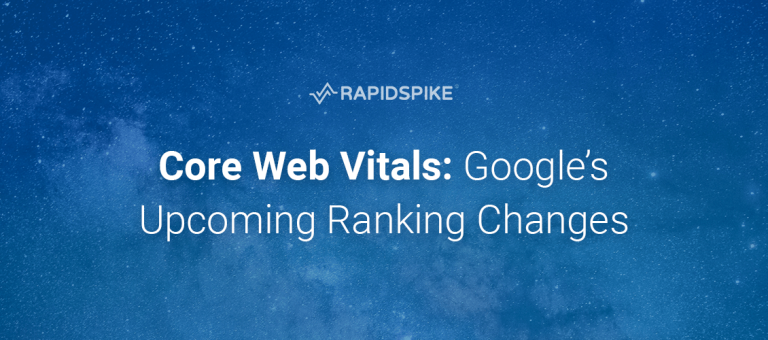
From June 2021, Google’s ranking algorithm will start judging your website based on a new set of performance metrics called Core Web Vitals.

Security Headers scanning capabilities allow you to review your homepage’s overall security to make improvements to performance.